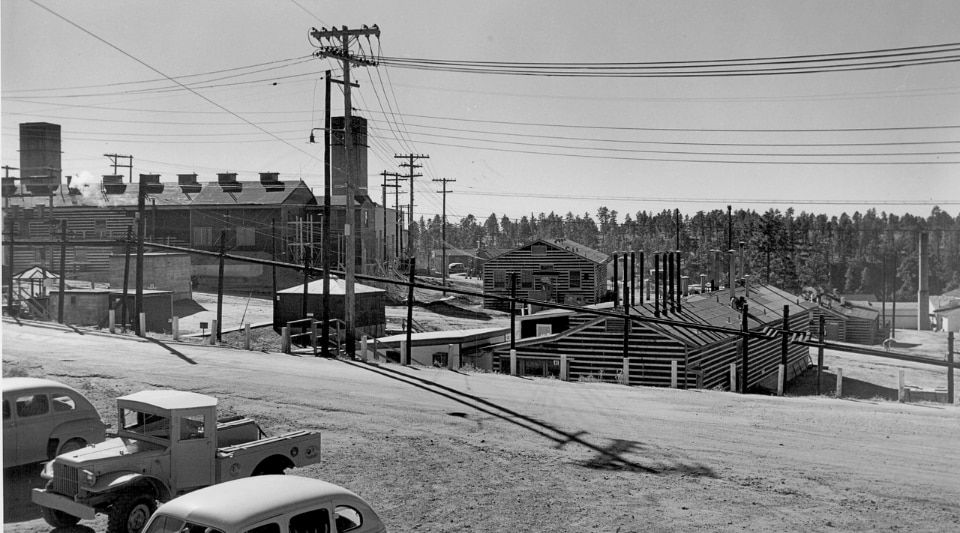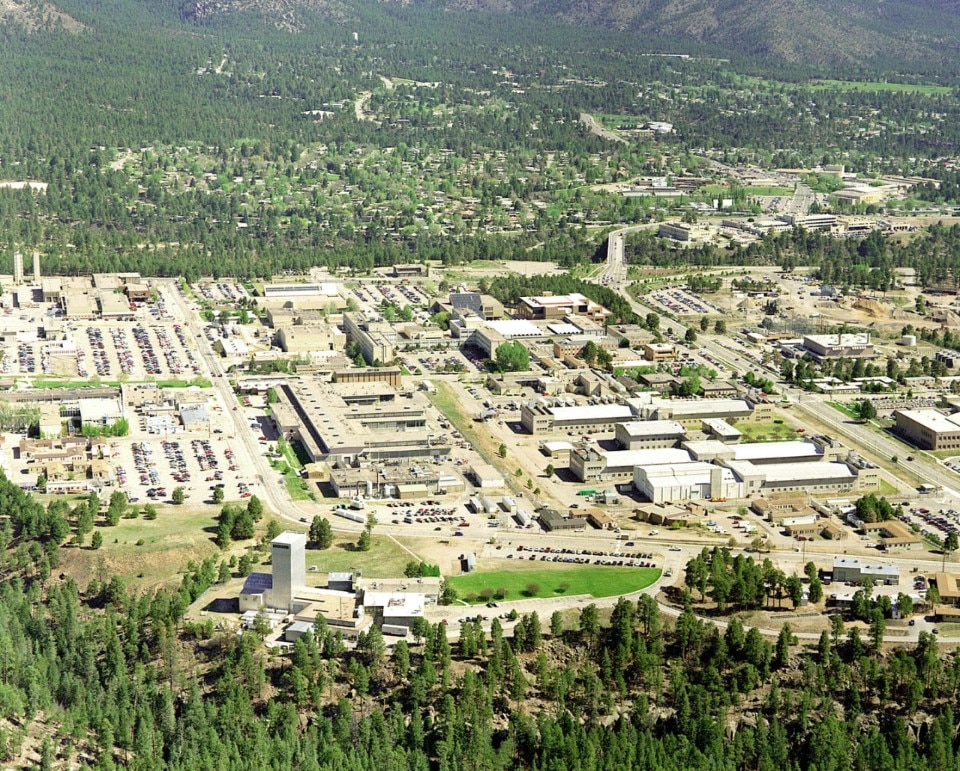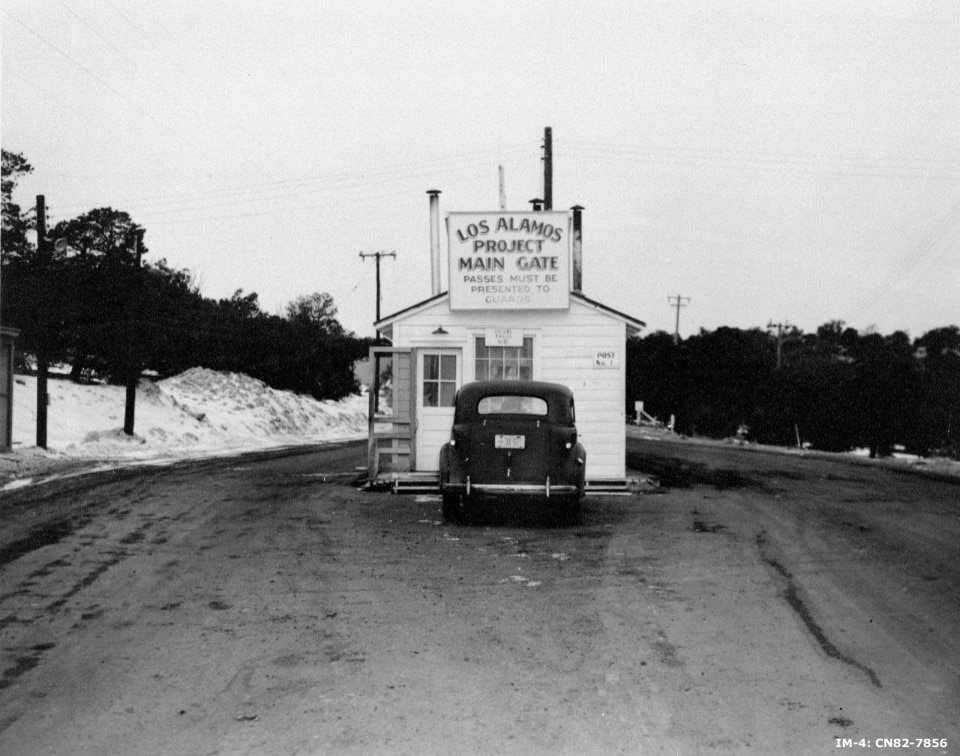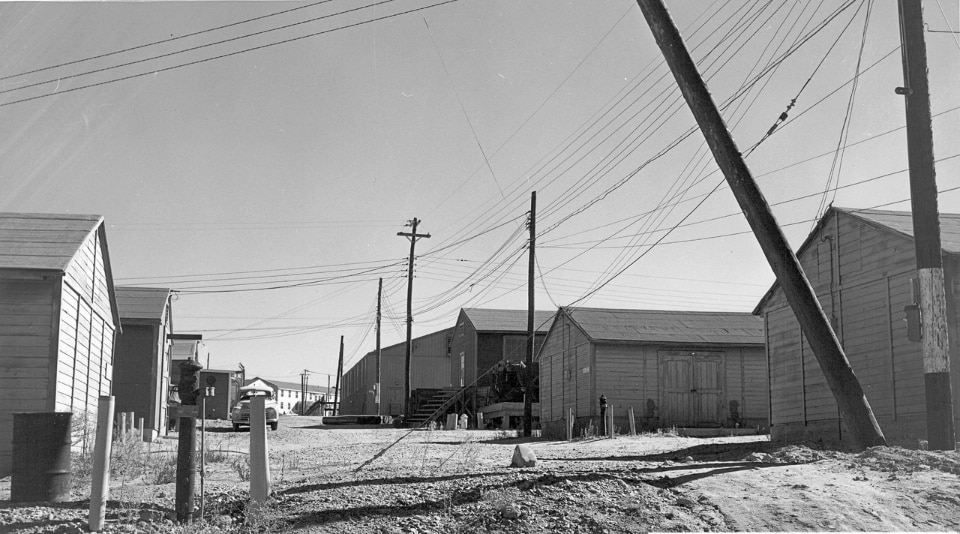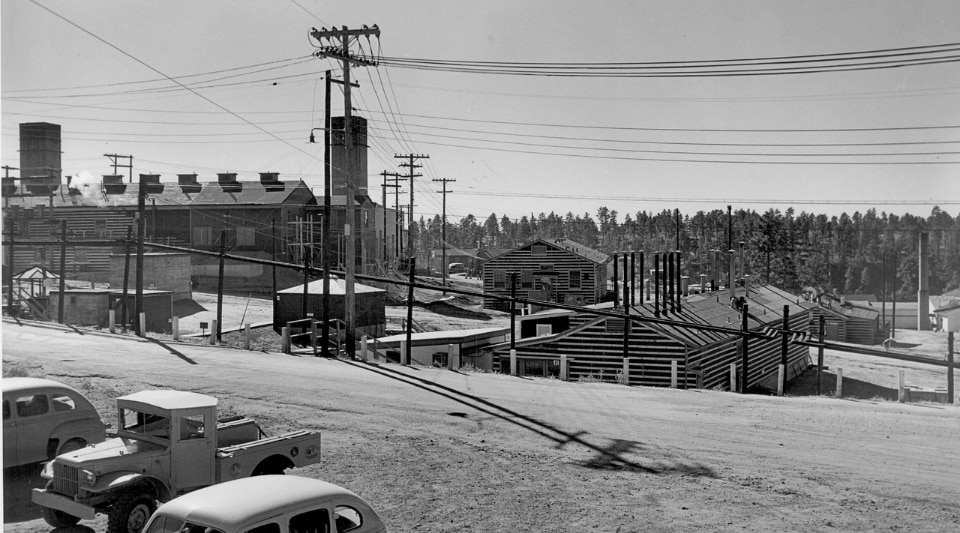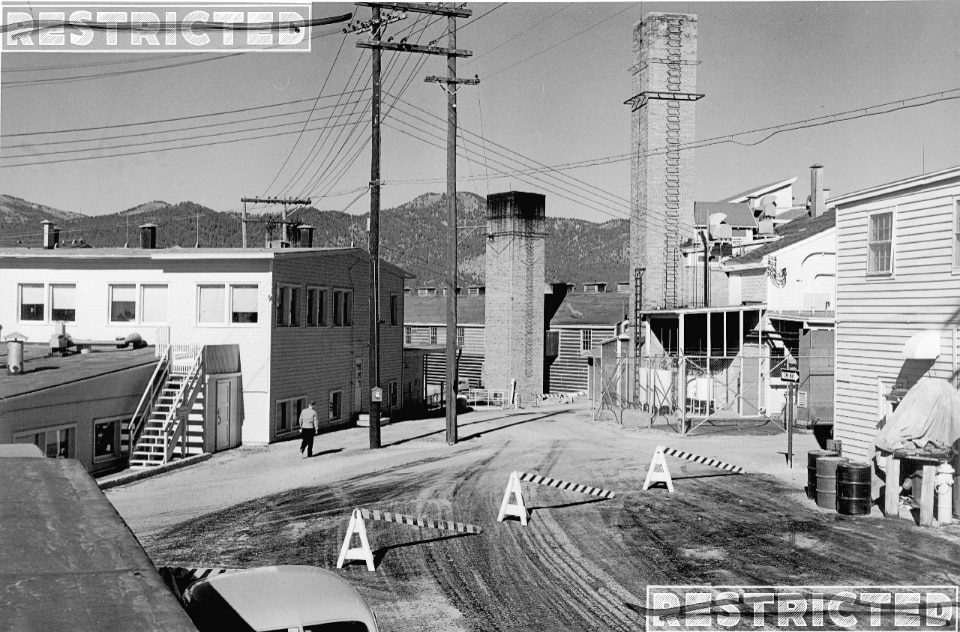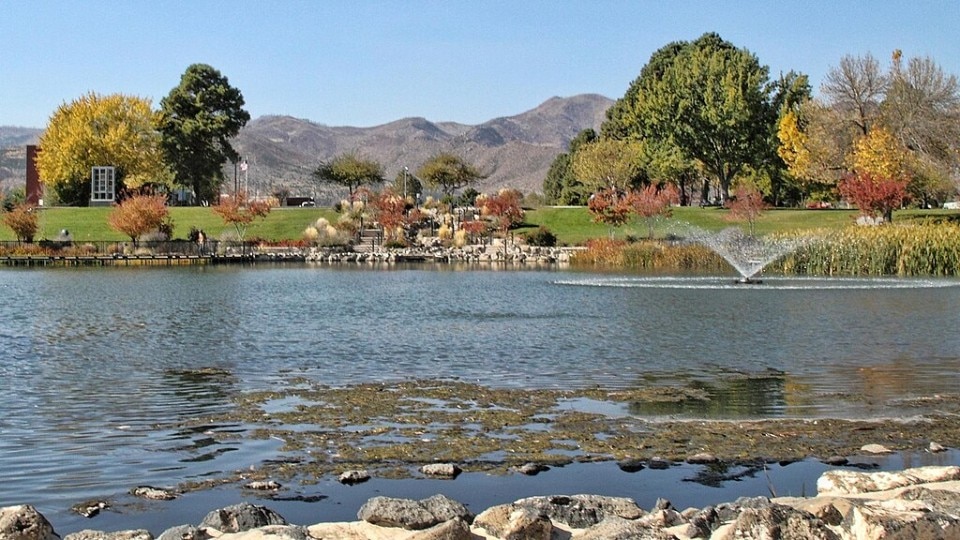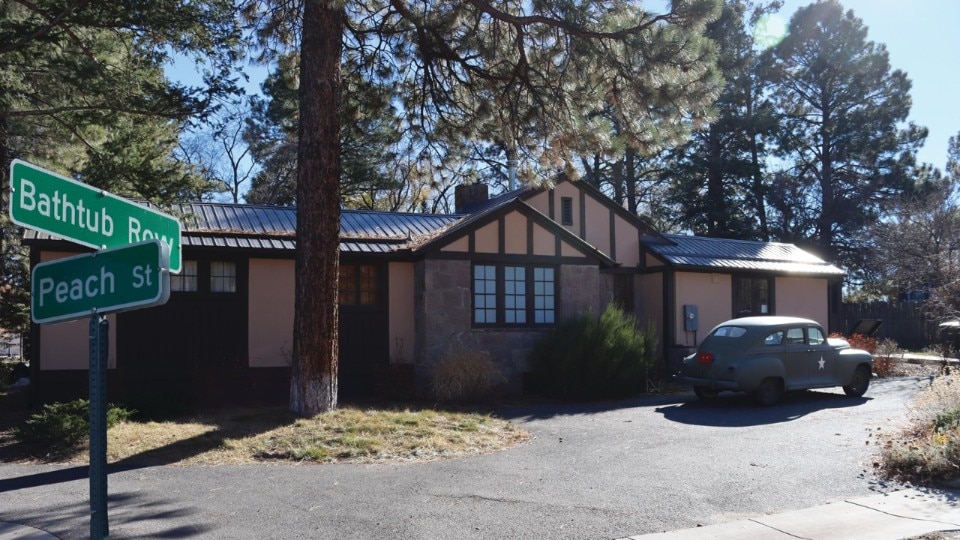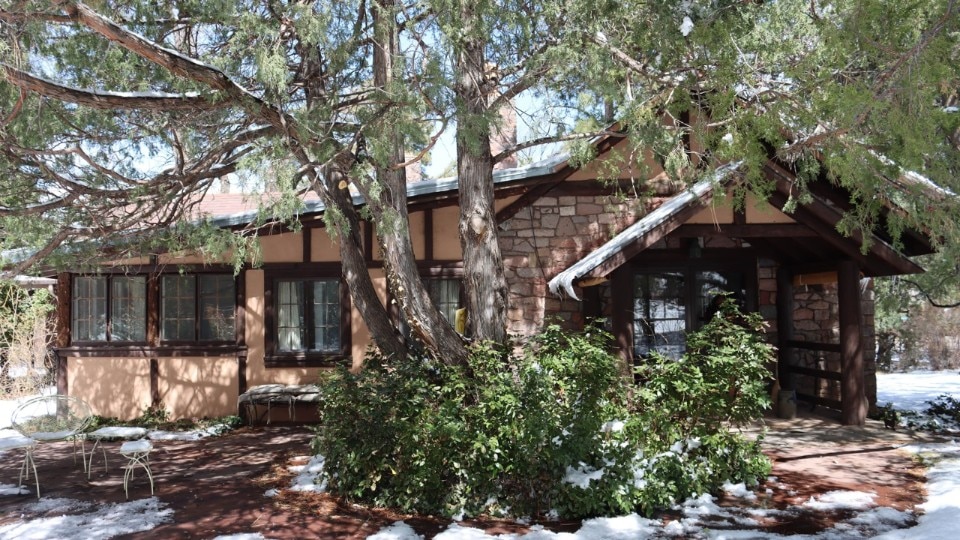A city built from scratch and in record time in a wild landscape for a prestigious community of academics gathered around a mysterious project. This is the gripping and controversial story of Los Alamos, the site on the Pajarito Plateau in northern New Mexico that the US government selected as one of the strategic locations – along with Oak Ridge in Tennessee, Richland and Hanford in Washington – for the implementation of the Manhattan Project, the federal programme launched during World War II to make the atomic bomb.
Los Alamos was the location chosen by the US Army Corps of Engineers as the site of the National Laboratory for the design and construction of the bomb: here, in 1943, under the scientific direction of Robert Oppenheimer, the elite scientists who made the first nuclear fission bomb converged, as the Christopher Nolan film currently in cinemas recounts.
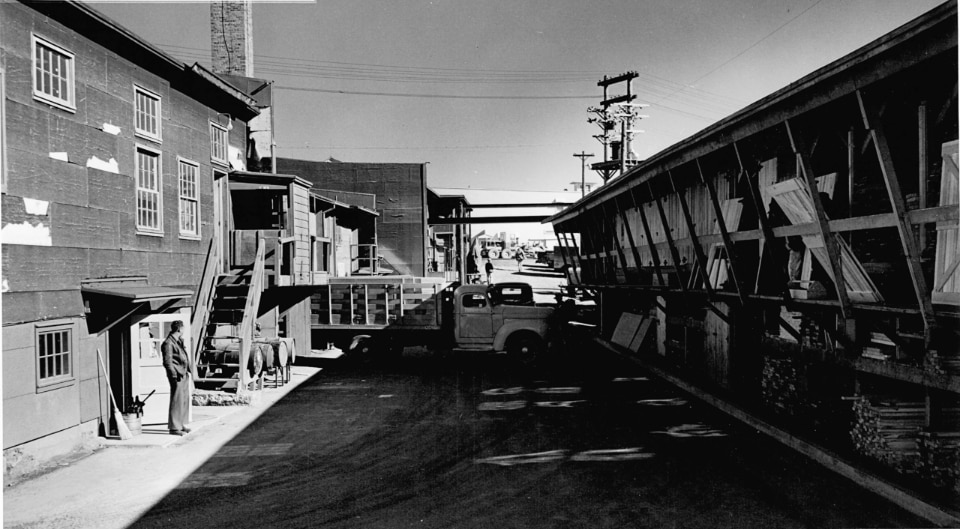
The city, “secret” and excluded from maps and air traffic for years, included the laboratory set up in the old school and, around it, a built-up area designed to accommodate soldiers, workers, scientists and their families, in the conviction that community life and the peaceful routine of everyday life would encourage more serene and profitable scientific research. Thus, in a short time, a town was formed, very different from the provisional military settlements and more like a suburb with housing of various types, services, infrastructures, green areas and footpaths that attempted to make living in a border area pleasant, despite the high security wire that surrounded the area and the military secrecy that imposed the compulsory compartmentalisation of tasks and the total isolation of the scientists from the rest of the world.
If from a planning point of view the city, like the others in the Manhattan Project, wasn’t particularly innovative, referring to already known models of garden cities – from Ebenezer Howard, to Patrick Geddes, to Frederick Law Olmsted, to Calvert Vaux – the innovative thrust was certainly given by the construction tools: the need to build and test the bomb in advance of the Heisenberg device imposed rapid and efficient execution processes, both in terms of construction time and scale, made possible by the use of advanced prefabrication technologies.
Almost eighty years after the end of the war, the Manhattan Project and its “model cities”, including Los Alamos, have left an ambiguous legacy. While scientific research has been greatly enhanced (especially in the field of national defence) in the following years, the onset of the nuclear age has had devastating consequences in terms of erasing the physical and human geography of many territories. With the Manhattan Project, the US entered a phase of “nuclear colonialism”, which consisted of subtracting large areas of the country’s territory, especially in the Southwest and the Pacific Northwest, from the native populations in order to initiate research, processing, testing, production and waste management in the nuclear industry.
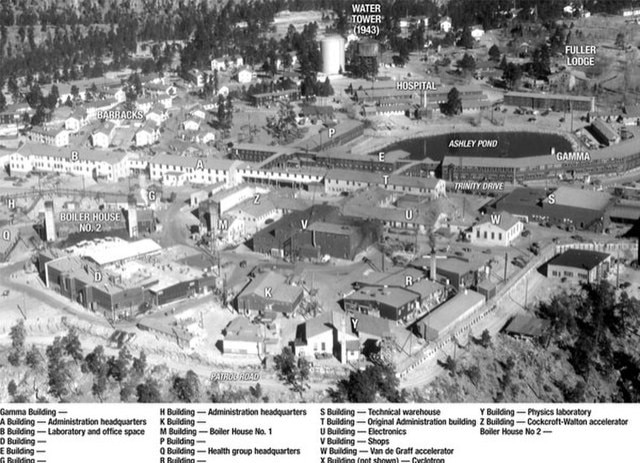
Although the protagonist of Nolan’s film, in homage to a politically correct script, recites that on the Los Alamos area there was previously only a school and indigenous people performing funeral rites there, in reality the land was occupied by Hispanic and Native American settlers who, for generations, had owned most of the local farms and whom the army casually ousted and expropriated with derisory indemnities and controversial methods. People who over time became part of the nuclear industry, “downwinders” who – seduced by the mirage of a salary – accepted to live and work in areas exposed to radioactive contamination, as happened to those who gravitated around the Trinity area, a few hundred miles from Los Alamos, where the first nuclear device was detonated in July 1945.
Today, the Oak Ridge, Hanford and Los Alamos sites are part of the Manhattan Project National Historic Park, which preserves and promotes knowledge of this page of American history.


